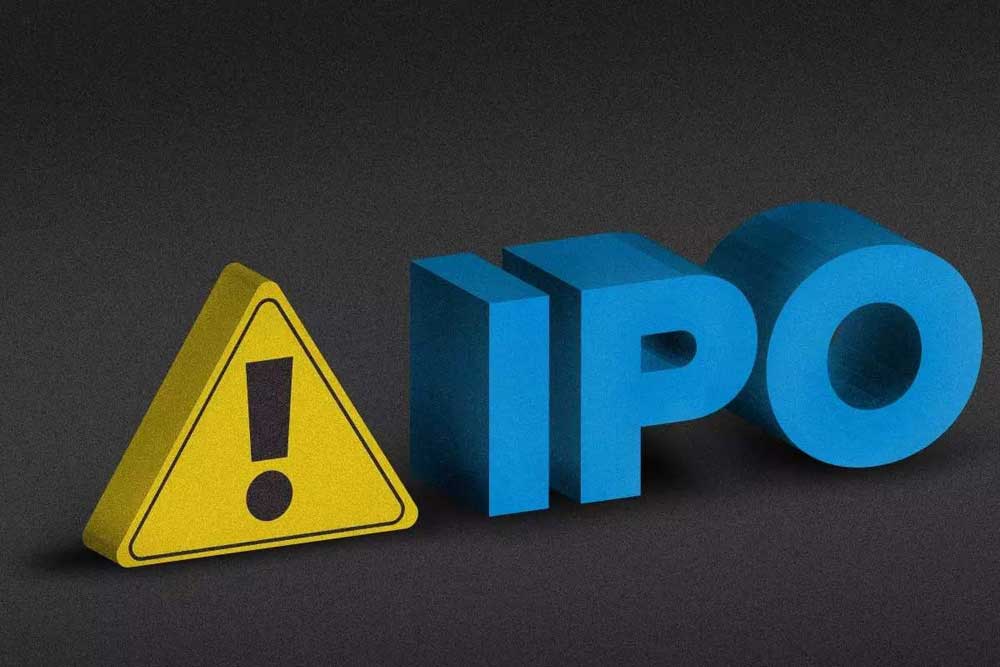The risks associated with an IPO can be different from those associated with other forms of financing, such as private equity or debt financing.
One of the key risks associated with an IPO is market risk. The price of the shares issued in an IPO is determined by market demand and can fluctuate based on a variety of factors, such as economic conditions, industry trends, and company performance. This market risk can be significant, especially in volatile market conditions, and can result in significant losses for investors who purchase shares at the IPO price.
In comparison, private equity financing typically involves a more limited number of investors, who are typically sophisticated and have a higher risk tolerance. While private equity investors also face market risk if they decide to sell their stake in the company, this risk may be somewhat mitigated by the fact that the shares are not publicly traded and are typically held for a longer period of time.
Debt financing, on the other hand, typically involves less market risk than equity financing. In debt financing, the company borrows money from lenders and agrees to repay the principal and interest over time. The risk for the company is that it may not be able to generate sufficient cash flow to repay the debt, which can result in default and potentially bankruptcy. However, this risk is typically more predictable than market risk, as the company can typically forecast its cash flow with greater certainty.
Another risk associated with an IPO is regulatory risk. The process of going public involves complying with a variety of regulatory requirements, such as Securities and Exchange Commission (SEC) filings, corporate governance requirements, and ongoing reporting and disclosure obligations. Failure to comply with these requirements can result in regulatory fines and penalties, reputational damage, and potential legal liability. In comparison, private equity and debt financing typically involve fewer regulatory requirements, although they may still be subject to certain compliance obligations.
Overall, the risks associated with an IPO can be significant, especially in volatile market conditions. However, an IPO can also provide significant benefits, such as access to capital, increased liquidity, and enhanced visibility and credibility. The choice of financing option ultimately depends on a variety of factors, including the company’s financial position, growth prospects, and risk tolerance.







